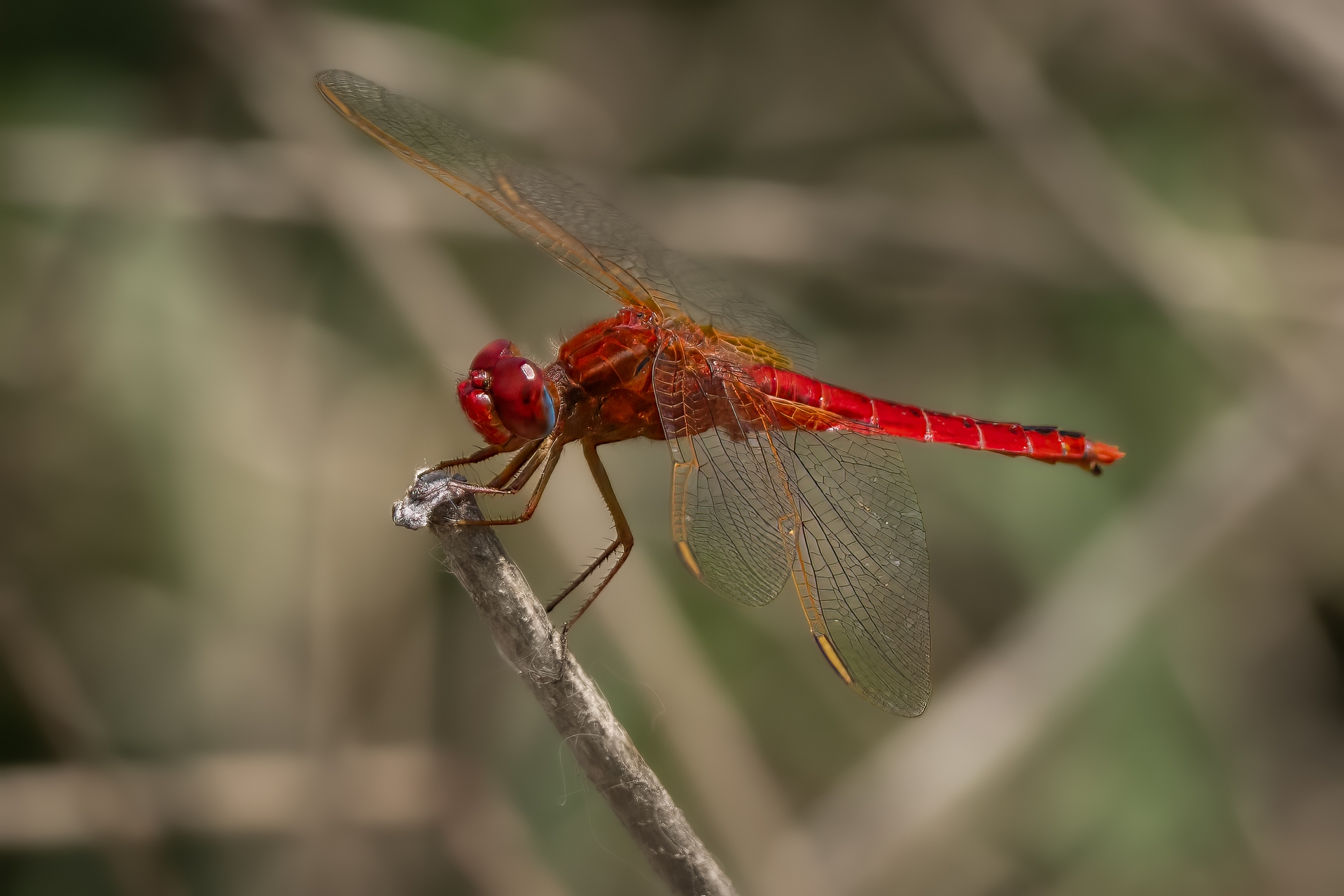bla bla blla In 2023, I decided to build a pond in our finca here in Mallorca (link to blog).The idea was simple—attract small birds, mainly finches, so I could take close-up photos from the hide I built alongside the pond.I spent time and not an inconsiderable amount of money planting native shrubs and flowers, making it attractive for birds to drink and bathe.It worked well, and I got some lovely shots, but soon I began noticing other life around the water.
Fact : Unlike most insects, they can fly forwards, backwards, hover, and even pivot midair like a tiny helicopter.
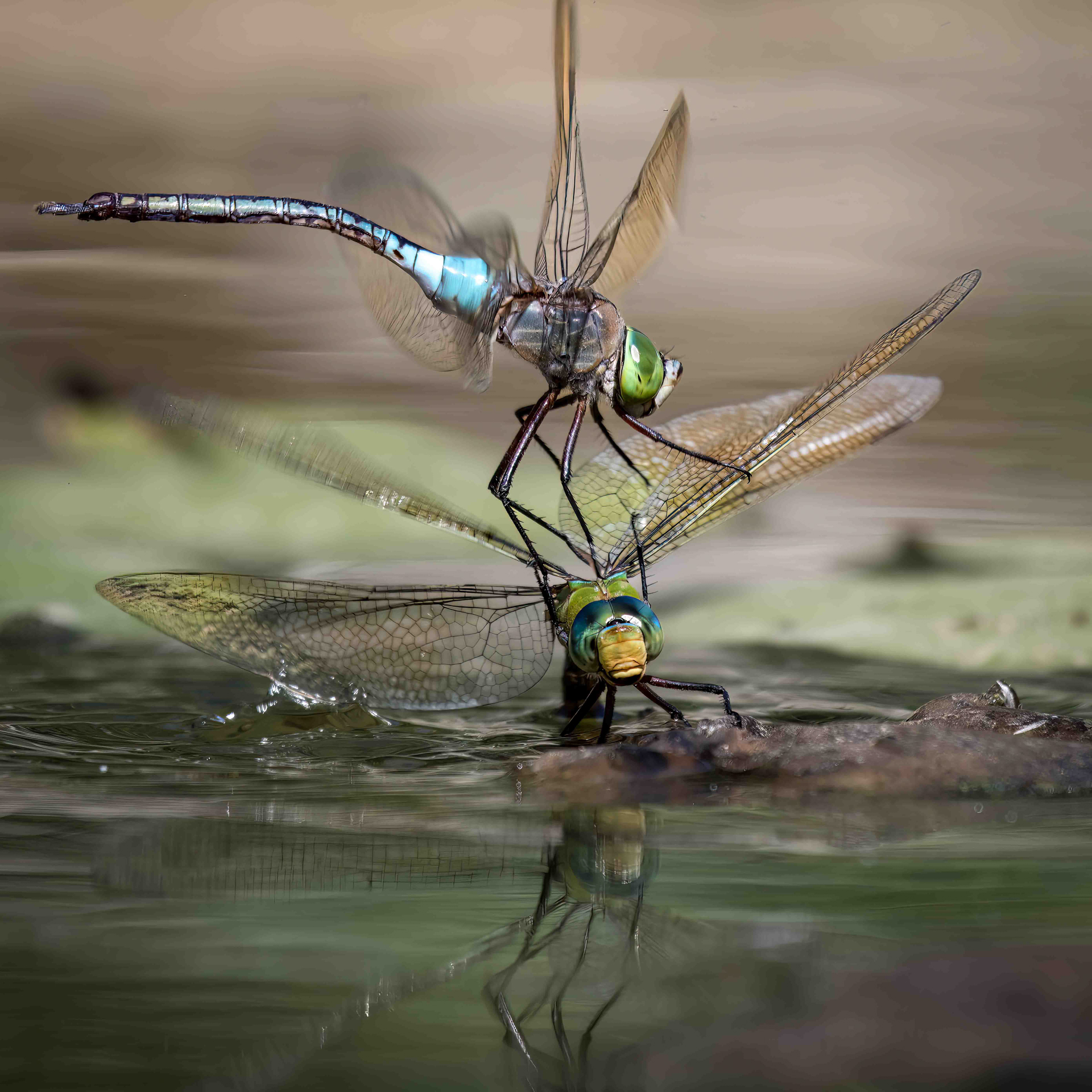
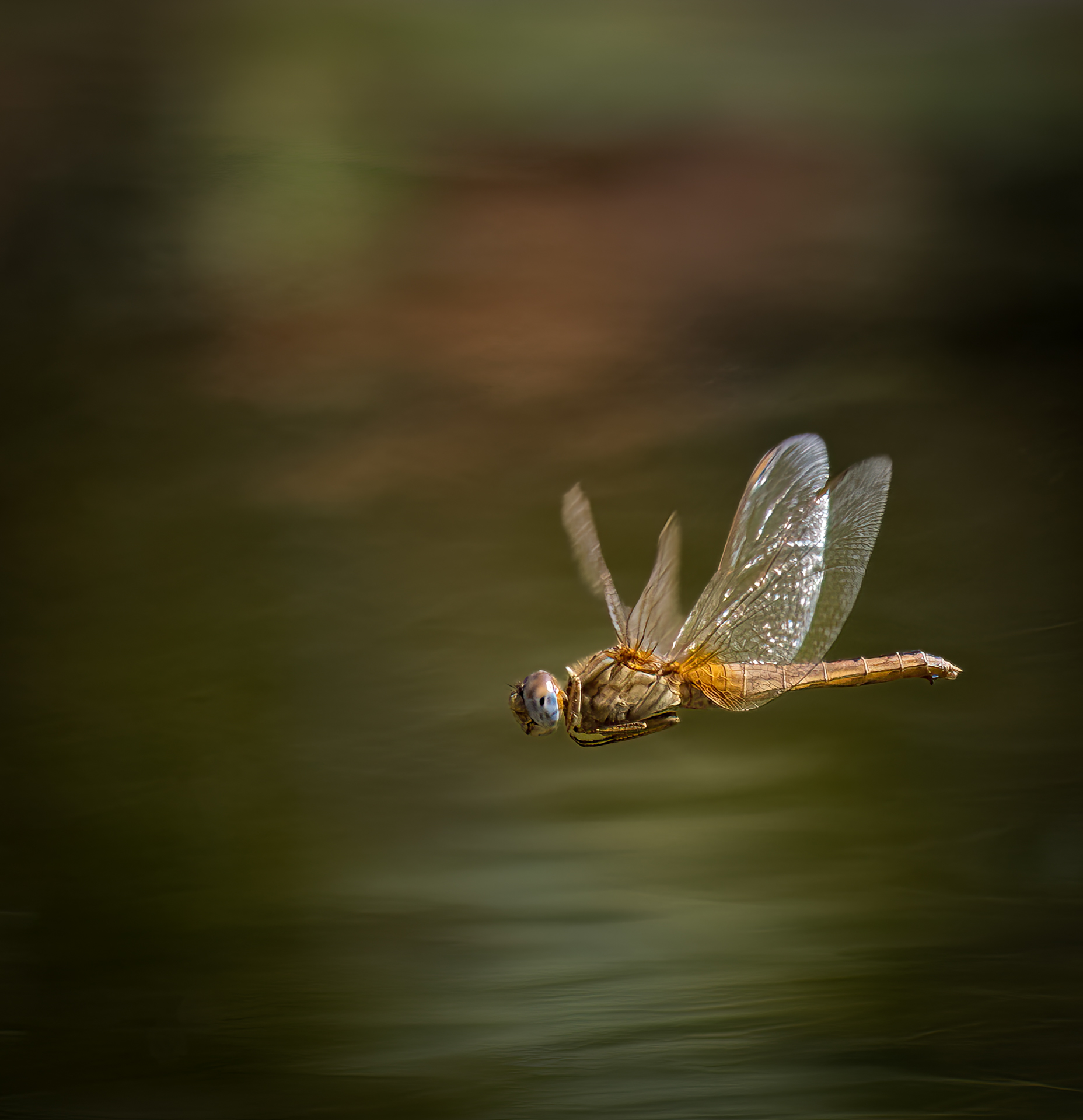
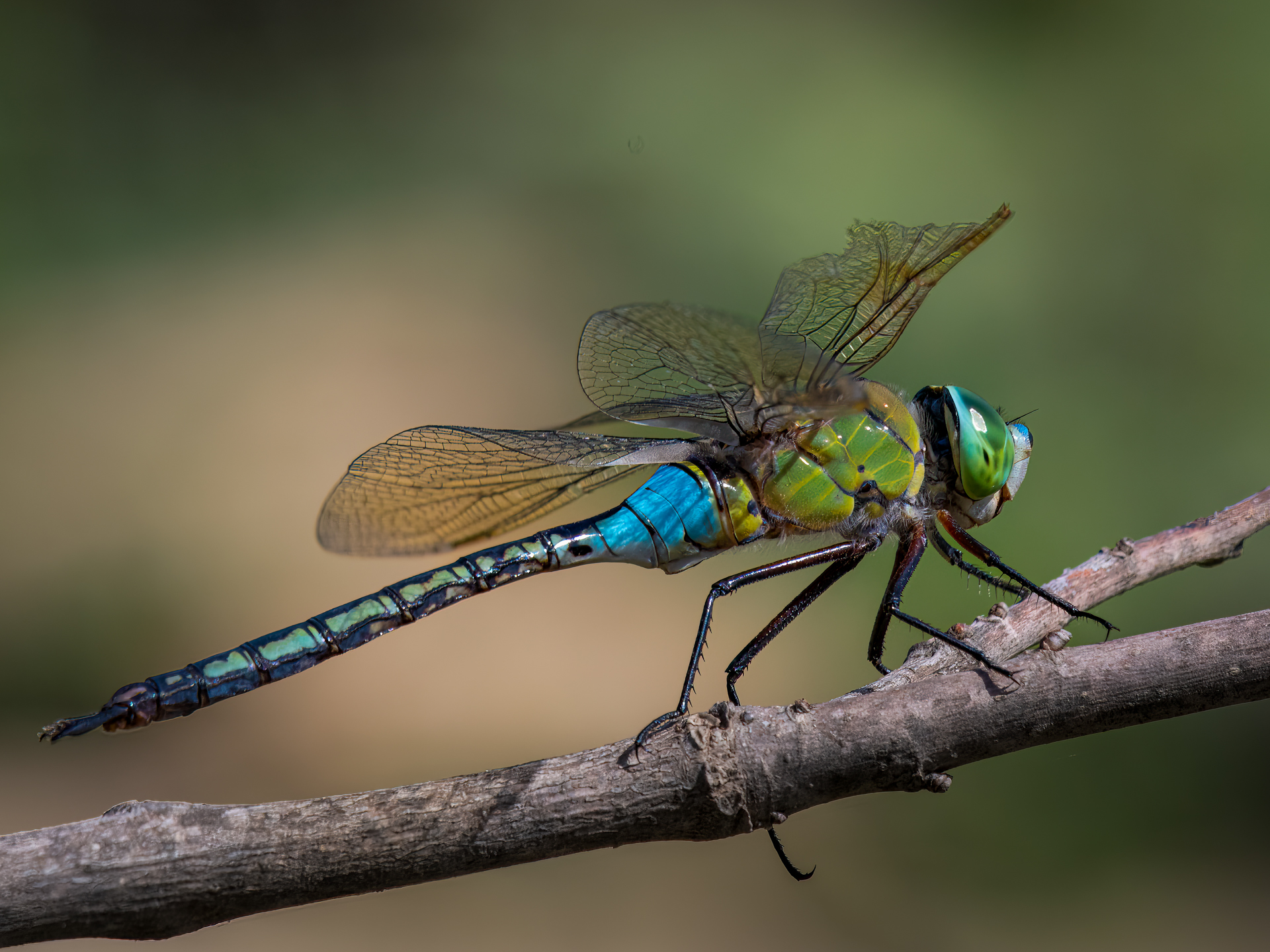

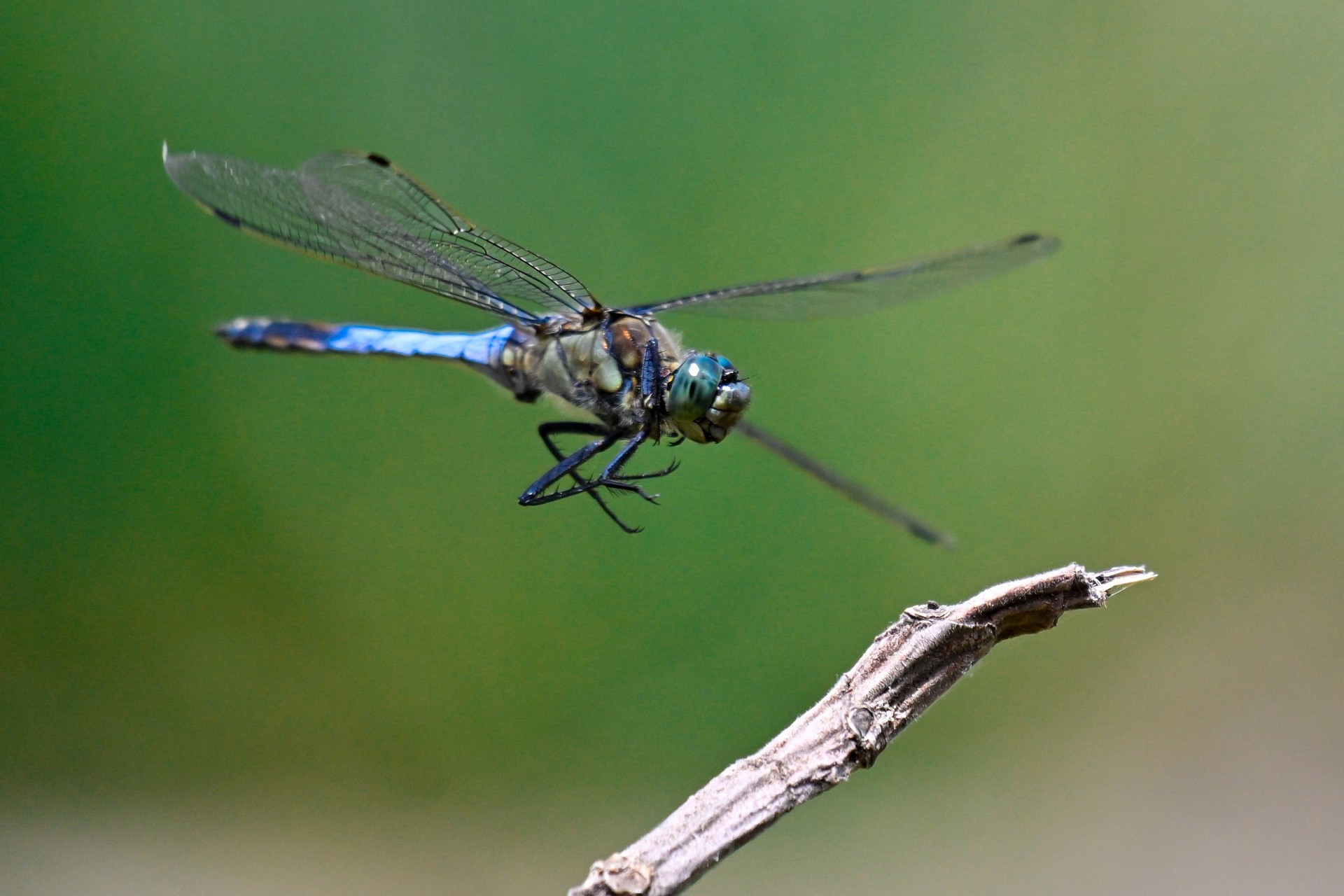
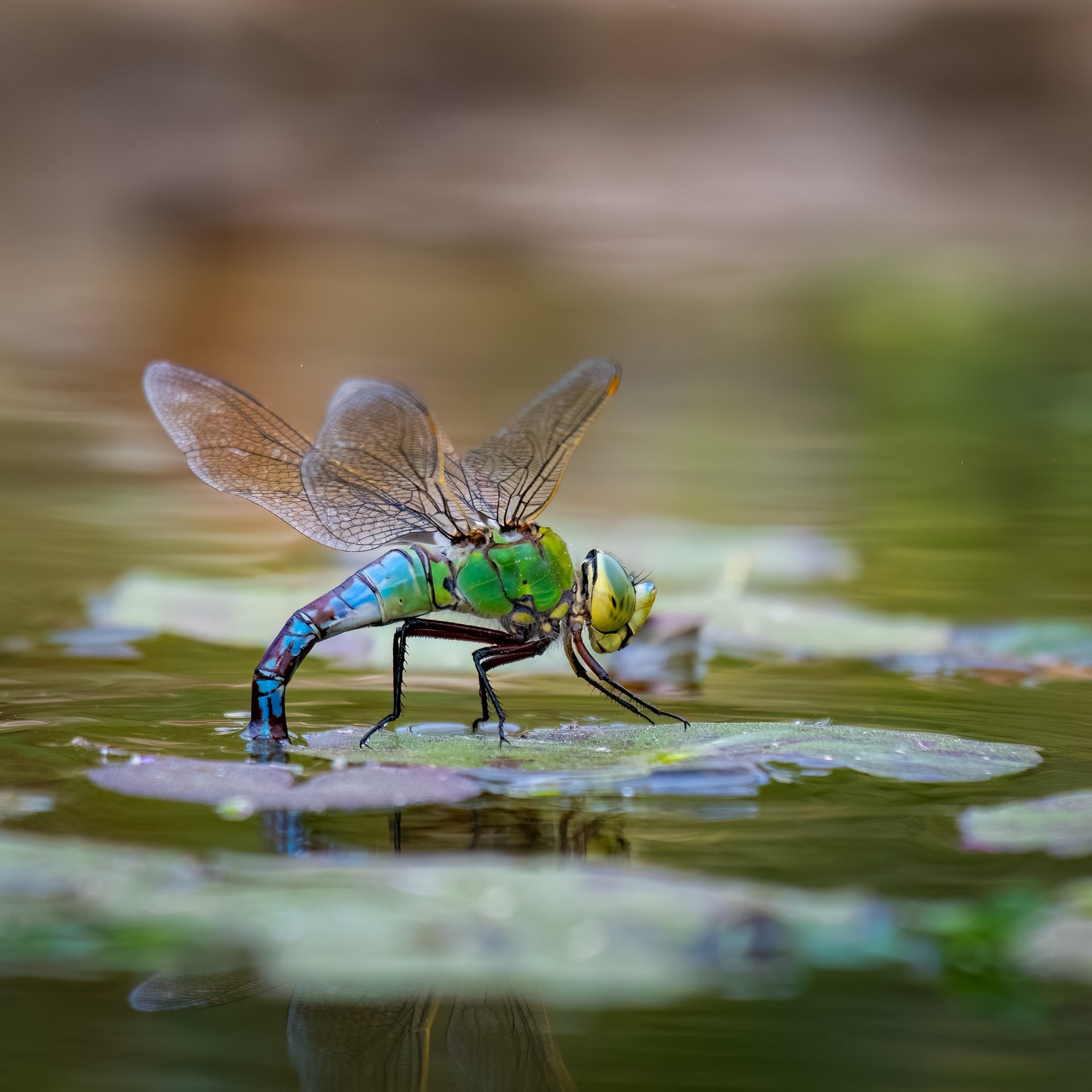
Mosquitoes, of course, but also wasps and dragonflies.At first just one or two dragonflies a day, then more as the summer deepened and the mosquito numbers grew.Fact: A dragonfly spends most of its life as a nymph underwater—sometimes up to 5 years—before the brief adult stage, which might only last a few weeks.Two species became regulars: the red darter (Sympetrum striolatum) and the larger emperor dragonfly (Anax imperator).I wondered if I could photograph them too, and so began long sessions of watching and waiting.Fact: They’re hunting machines: success rate is close to 95%. They grab prey midair with spiny legs that work like a basket.It quickly became clear they are creatures of habit, often returning to the same perch after each hunting flight.I placed a few twigs over the water, and soon the dragonflies were using them as launch pads.Fact: Their eyes are enormous, taking up most of the head. Each eye has around 30,000 lenses, giving them nearly 360° vision.They would launch, snatch an insect midair, then return to the exact twig.Difficult to follow in flight, but their habits gave me an advantage.Fact: They’re ancient—fossils show their ancestors were flying around 300 million years ago, with wingspans the size of seagulls. Imagine that!!I spent a very enjoyable summer and early autumn with these dazzling creatures.Frequently I saw them rest on lily pads, and after a little research realized they were laying eggs beneath them.By spring, the pond held fierce-looking larvae—the dragonfly nymphs, waiting to emerge.That summer I had an abundant new generation of dragons to sit, watch, and photograph.

